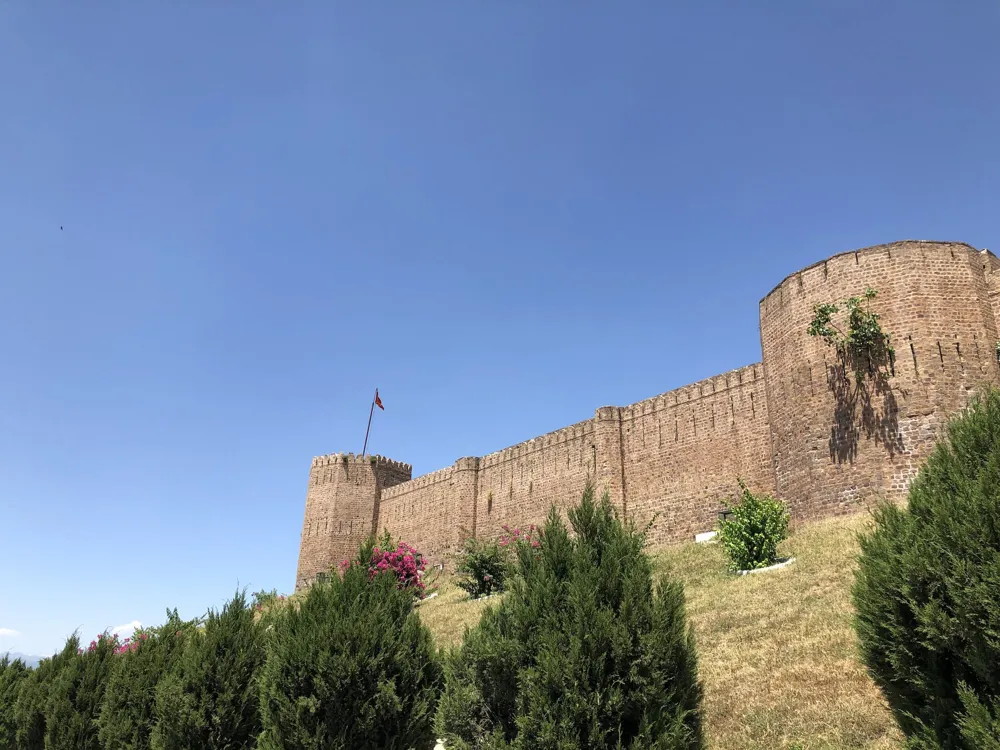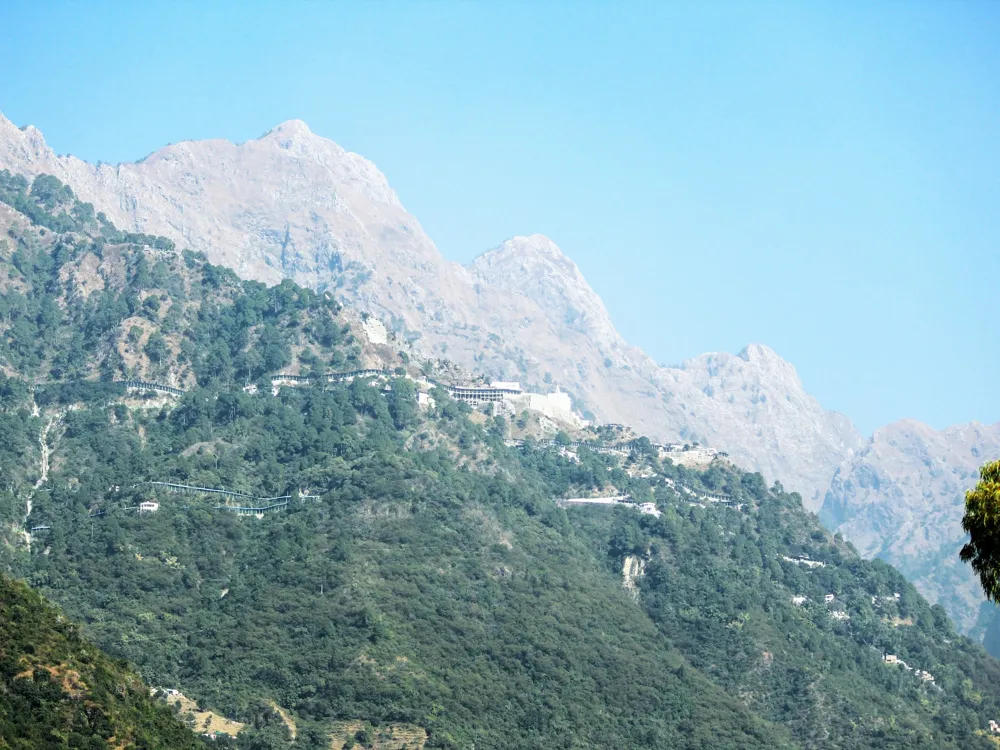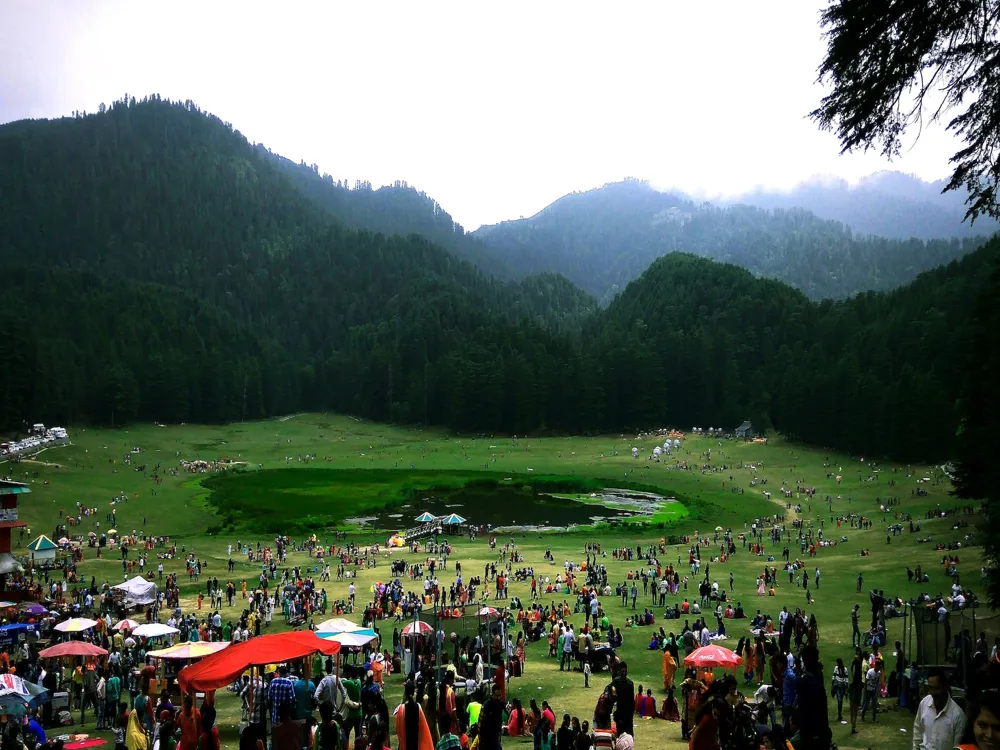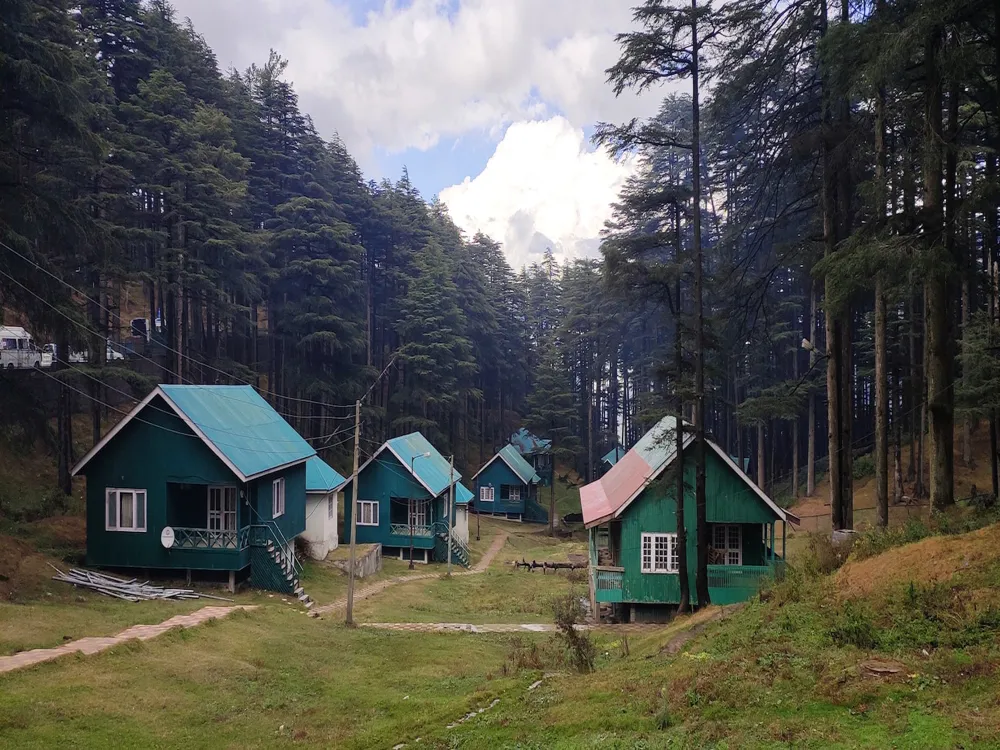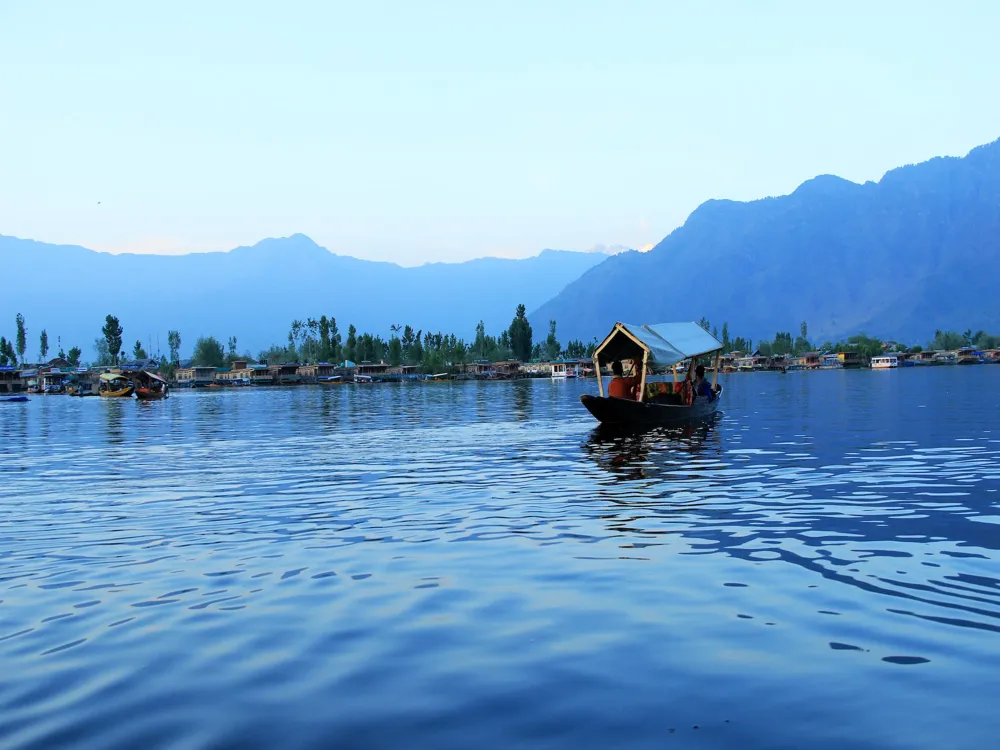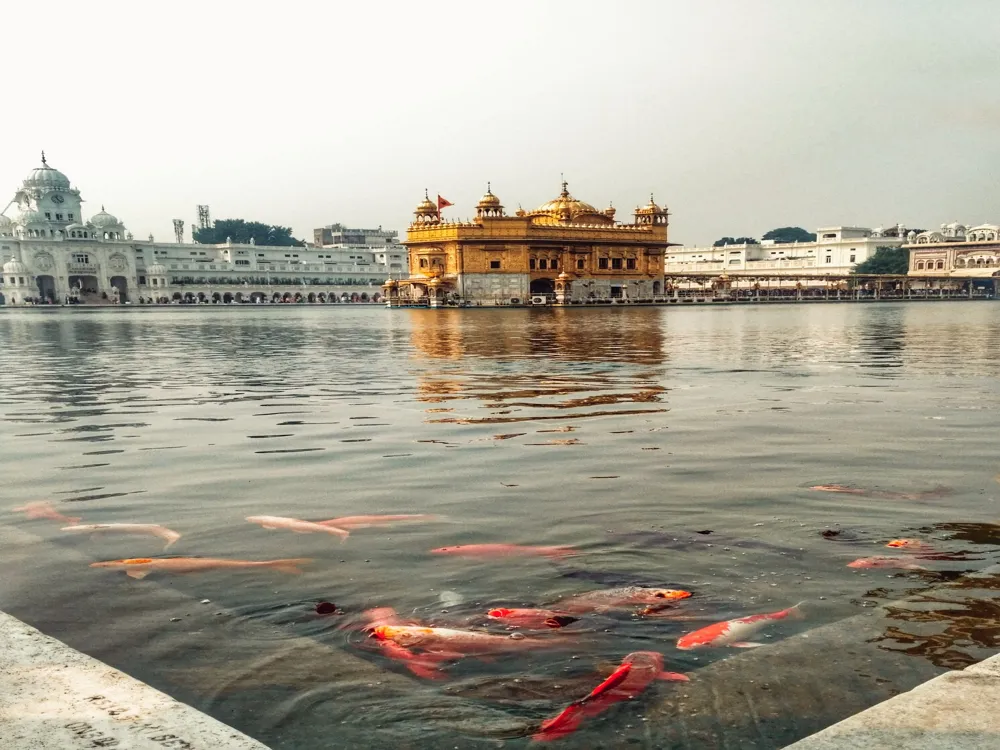Bagh-e-Bahu, located in the city of Jammu in the northern Indian union territory of Jammu and Kashmir, is a place of both historical and cultural significance. This beautiful garden offers a panoramic view of the Tawi River and the city. It is not just a garden but a representation of the region's rich history and cultural heritage. The area is often buzzing with locals and tourists alike, who come to enjoy the lush greenery, stunning landscaping, and tranquil environment. The history of Bagh-e-Bahu dates back several centuries and is steeped in the lore of the region. It is said to be inspired by the Mughal gardens, an aspect evident in its layout and design. The garden is not just a recreational spot but also plays a vital role in preserving the region's flora. The diverse range of plants and trees adds to its ecological significance. Moreover, Bagh-e-Bahu is more than just a garden; it's a symbol of Jammu's identity, blending natural beauty with historical and cultural essence. The architecture of Bagh-e-Bahu is a testament to the region's historical and cultural richness. The garden's design is heavily influenced by Mughal architecture, evident in its layout, fountains, and terraced lawns. The symmetry and precision in the design reflect the Mughal era's influence on the region's architectural styles. The terraced gardens are laid out in a sequence of descending plateaus, each offering a unique perspective of the surrounding landscape and the Tawi River. One of the most striking features of Bagh-e-Bahu's architecture is its intricate pathways and water channels, which are reminiscent of the famous Shalimar and Nishat Gardens in Srinagar. These channels not only add to the aesthetic appeal but also serve as an effective irrigation system for the gardens. The use of local stone and traditional construction techniques further enhances the authenticity and historical significance of the garden's architecture. The best time to visit Bagh-e-Bahu is during the spring season, from March to early May, when the flowers are in full bloom, and the weather is pleasant. Comfortable clothing and shoes are recommended as there is a lot of walking involved. Jammu's weather can be quite variable, so it's wise to carry a light jacket or shawl. Early morning or late afternoon is the best time for photography to capture the garden's beauty in the soft light. While there are some food stalls around, carrying your water and light snacks is advisable. Remember to keep the gardens clean. It's important to respect the natural environment of the gardens. Refrain from plucking flowers or littering. Bagh-e-Bahu is well-connected and easily accessible. It's located about 5 kilometers from Jammu city center. Visitors can reach the garden by local buses, auto-rickshaws, or taxis. For those driving, ample parking space is available near the garden. The nearest railway station is Jammu Tawi, which is well-connected to major cities in India. For those flying in, Jammu Airport is the nearest, with regular flights from major Indian cities. Read More: Overview of Bagh-e-Bahu in Jammu, Jammu and Kashmir
Architecture of Bagh-e-Bahu
Tips When Visiting Bagh-e-Bahu
Best Time to Visit
What to Wear
Photography Tips
Food and Refreshments
Respect the Environment
How To Reach Bagh-e-Bahu
Bagh-e-bahu
Jammu
Jammu And Kashmir
₹ 5,000 onwards
View jammu Packages
Weather :
Tags : Garden & Park
Timings : 6:00 AM - 8:00 PM
Time Required : 2 - 3 hrs
Entry Fee : INR 5
Planning a Trip? Ask Your Question
Jammu Travel Packages
View All Packages For Jammu
Top Hotel Collections for Jammu

Private Pool

Luxury Hotels

5-Star Hotels

Pet Friendly
Top Hotels Near Jammu
Other Top Ranking Places In Jammu
View All Places To Visit In jammu
View jammu Packages
Weather :
Tags : Garden & Park
Timings : 6:00 AM - 8:00 PM
Time Required : 2 - 3 hrs
Entry Fee : INR 5
Planning a Trip? Ask Your Question
Jammu Travel Packages
View All Packages For Jammu
Top Hotel Collections for Jammu

Private Pool

Luxury Hotels

5-Star Hotels

Pet Friendly










